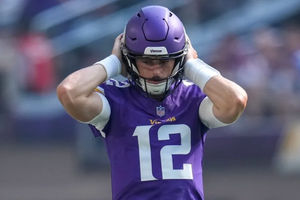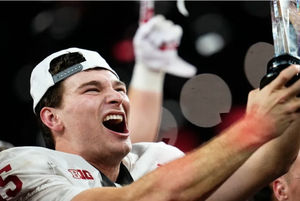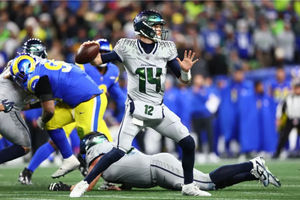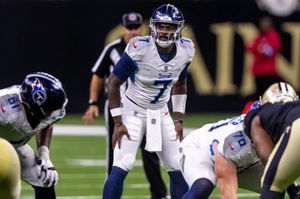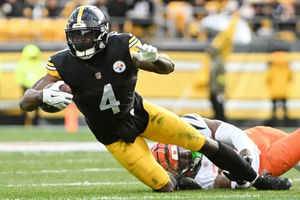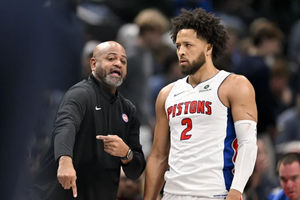Hey Look, More Things Wrong With NFL Overtime!
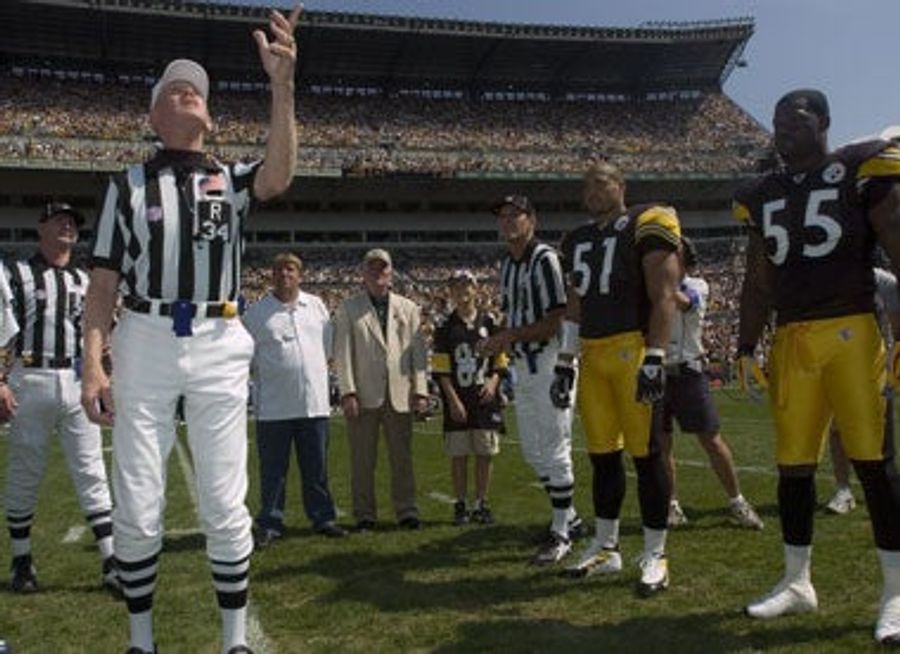
As if it weren't enough that a random coin toss essentially decides the winner in a significant majority of overtimes, now comes SCIENCE! to tell us that the flip of the coin may not be so random.
Nearly two-thirds of teams that get the ball first end up winning the game. If only there were a way to better your odds of winning that coin toss...
Stanford professor Susan Holmes, who co-authored the paper "Dynamical bias in the coin toss," said it's actually a 51-49 proposition with the side facing up predicting the side that will land up. And it can be even more pronounced a difference than that.
"The bigger the coin," Holmes said in a phone interview, "the more bias there would be."
And wouldn't you know, as the games get more important, the coin gets bigger; the playoffs and Super Bowl use special commemorative coins that increasingly resemble Pogs, pepperoni slices and coasters.
So just take a glance at the coin before the ref flips it, and pick the side you can see*.
An interesting fact I gleaned from this article: when there's no special coin, the ref can use any old change he's got in his pocket, be it penny, gold dollar, or the Panamanian Balboa coin I got as change at the bodega yesterday.
*Advice not practical, as ref will most often have heads facing up. And as we all know, tails never fails.
Related
Christmas Day NBA Betting Picks: Best Bets, Props, and More
Power Ranking Legitimate NFL Super Bowl LX Contenders
Best Landing Spots for Green Bay Packers Backup Malik Willis
DK Metcalf Suspension Could Cost Steelers the AFC North
- NHL Picks Tuesday Dec. 23rd: Red Wings vs. Stars, Flyers vs. Blackhawks
- Monday College Basketball Best Bets: Top CBB Picks Before Christmas Break
- 49ers vs Colts Week 16 Monday Night Football Betting Picks
- Patriots vs Ravens Sunday Night Football Week 16 Betting Picks
- Best NFL Player Props for Week 16: Top Bets and Value Picks
- Commanders vs Eagles Week 16 Saturday Betting Pick
- Jake Paul vs. Anthony Joshua Betting Picks: Best Bets for the Boxing Supercard





